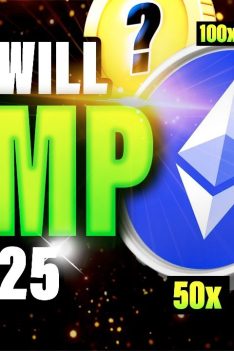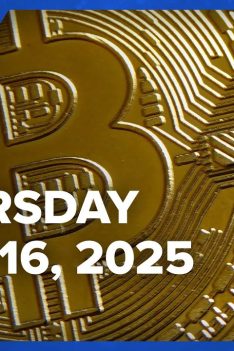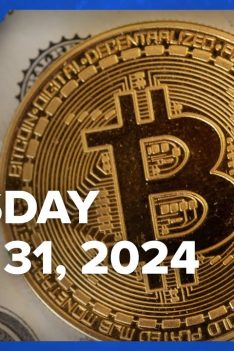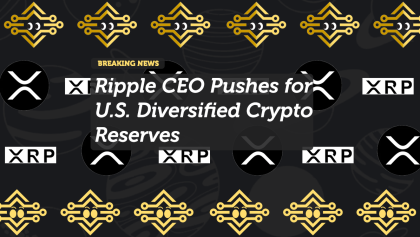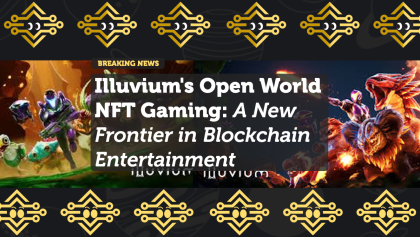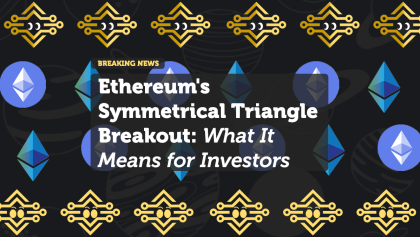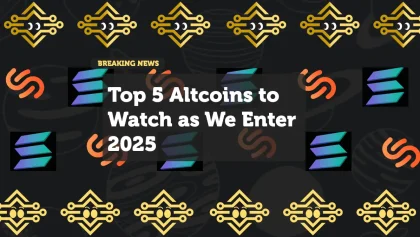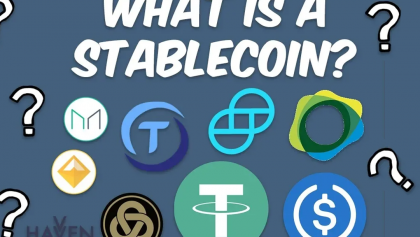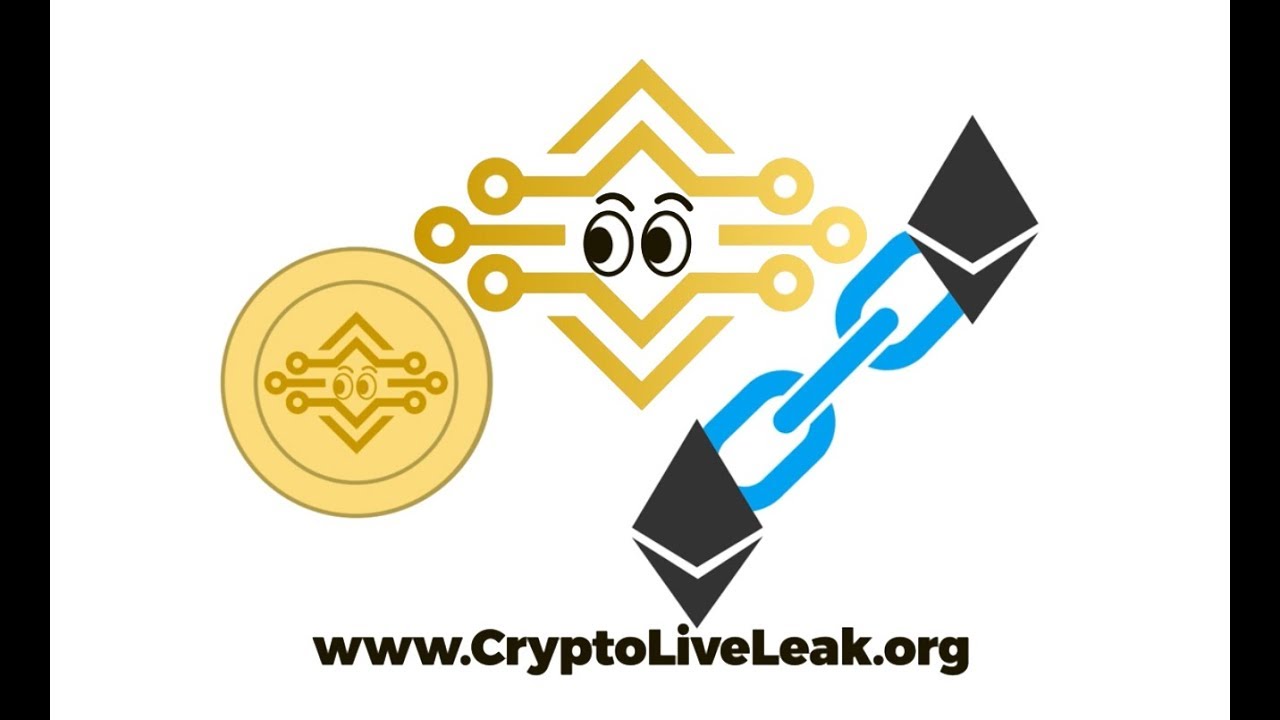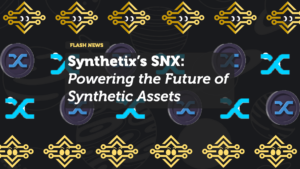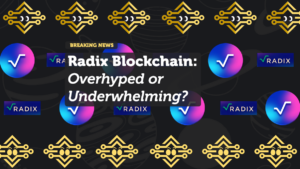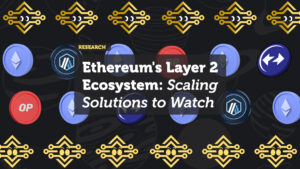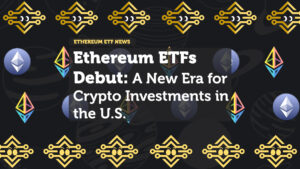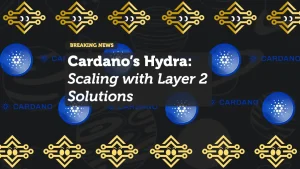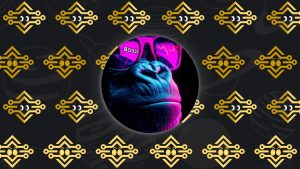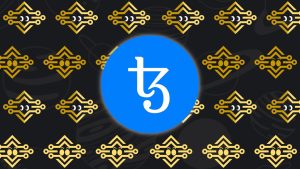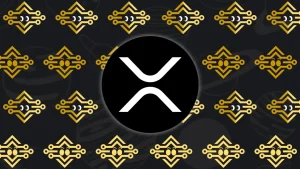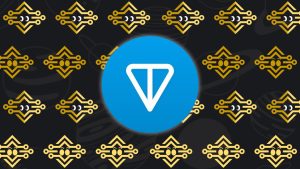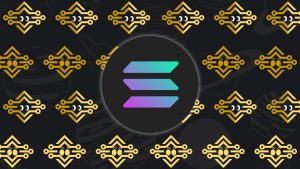Ethereum
Ethereum (ETH) is a decentralized blockchain platform that enables developers to build and deploy smart contracts and decentralized applications (dApps). It is the second-largest cryptocurrency by market capitalization, powered by its native token, ETH (Ether). Ethereum is widely used for DeFi, NFTs, and various blockchain-based innovations.
Ethereum is a decentralized blockchain platform that enables developers to build and deploy smart contracts and decentralized applications (dApps). It is the second-largest cryptocurrency by market capitalization, powered by its native token, ETH (Ether). Ethereum is widely used for DeFi, NFTs, and various blockchain-based innovations.
Ethereum is a decentralized blockchain platform that enables developers to build and deploy smart contracts and decentralized applications (dApps). It is the second-largest cryptocurrency by market capitalization, powered by its native token, ETH (Ether). Ethereum is widely used for DeFi, NFTs, and various blockchain-based innovations.
Ethereum was co-founded by several key figures, including Vitalik Buterin, Gavin Wood, Joseph Lubin, and Mihai Alisie. Vitalik Buterin remains the most prominent figure, contributing to the ongoing development of Ethereum. The platform is now maintained by a global network of developers and the Ethereum Foundation, a non-profit organization.
You can earn Ethereum’s ETH through various methods:
- Staking: Lock ETH to secure the network and earn rewards (Post-Ethereum 2.0 upgrade).
- Trading and Investing: Buy ETH at low prices and sell at higher prices.
- Providing Services: Accept ETH as payment for goods or services.
- DeFi Platforms: Earn ETH by participating in DeFi protocols that support staking or lending.
- Airdrops and Faucets: Occasionally, projects distribute ETH or tokens for free.
You can purchase ETH using these methods:
- Crypto Exchanges: Platforms like MEXC let you buy Bitcoin using fiat currency or other cryptocurrencies.
- Wallet Applications: Apps like MetaMask and Trust Wallet offer built-in purchase options for ETH.
- Decentralized Exchanges (DEXs): Use platforms like Uniswap or SushiSwap to trade for ETH.
- Fiat Onramps: Buy ETH with credit cards, bank transfers, or PayPal via platforms like MoonPay or Simplex.
Staking Ethereum involves locking your ETH to participate in the network’s security and earn rewards under the Proof of Stake (PoS) consensus mechanism. Here’s how you can stake Ethereum step by step:
1. Choose a Staking Method
There are three main ways to stake Ethereum:
a. Solo Staking
- Requires a minimum of 32 ETH to run your own validator node.
- You’ll need technical knowledge and dedicated hardware to operate the node reliably.
- Rewards are higher, but so are the risks, as you’re fully responsible for uptime and penalties.
b. Staking Pools
- Ideal for users with less than 32 ETH.
- You can pool your ETH with other users through platforms like Lido Finance, Rocket Pool, or Binance Staking.
- Lower technical requirements and reduced risk.
c. Centralized Exchanges
- Platforms like MEXC let you to stake ETH with just a few clicks.
- They manage the technical setup, but fees may be higher.
2. Prepare Your Ethereum
- If you’re solo staking, ensure you have at least 32 ETH in your wallet.
- For staking pools or exchanges, you can start with smaller amounts depending on the platform’s requirements.
3. Set Up a Wallet
- Use a wallet compatible with Ethereum 2.0 staking, such as MetaMask, Ledger, or MyEtherWallet.
- Ensure your wallet is secure and connected to the Ethereum network.
4. Choose a Staking Platform
- Solo Stakers: Follow instructions on the Ethereum Launchpad (https://launchpad.ethereum.org/) to set up your validator node.
- Staking Pools or Exchanges: Research platforms and compare fees, rewards, and risks before committing your ETH.
5. Stake Your Ethereum
- For solo staking, follow the Ethereum Launchpad steps to deposit 32 ETH and activate your validator node.
- For staking pools, deposit ETH into the chosen platform, and they will handle the staking for you.
- For centralized exchanges, go to their staking section, select Ethereum, and deposit ETH to start earning rewards.
6. Monitor and Manage Your Staking
- Use tools like Beaconcha.in or Etherscan to track your staking rewards and validator status.
- Staking rewards vary based on the total ETH staked and network activity.
Ethereum 2.0, now commonly referred to as The Merge, is a major upgrade to the Ethereum blockchain that transitioned the network from a Proof of Work (PoW) to a Proof of Stake (PoS) consensus mechanism. This upgrade was designed to enhance Ethereum’s scalability, security, and sustainability by reducing energy consumption by over 99% and laying the foundation for future upgrades like sharding.
Key highlights of Ethereum 2.0 include:
- Energy Efficiency: Replacing PoW mining with PoS staking drastically reduced the network’s environmental impact.
- Staking: ETH holders can now stake their tokens to participate in securing the network and earn staking rewards.
- Enhanced Scalability: PoS paves the way for additional improvements like sharding, which will allow Ethereum to process thousands of transactions per second.
- Improved Security: PoS makes the network more resistant to certain types of attacks compared to PoW.
Ethereum 2.0’s transition process began with the launch of the Beacon Chain in December 2020, which introduced staking, and culminated in the integration of the Beacon Chain with the Ethereum mainnet during The Merge in September 2022.









